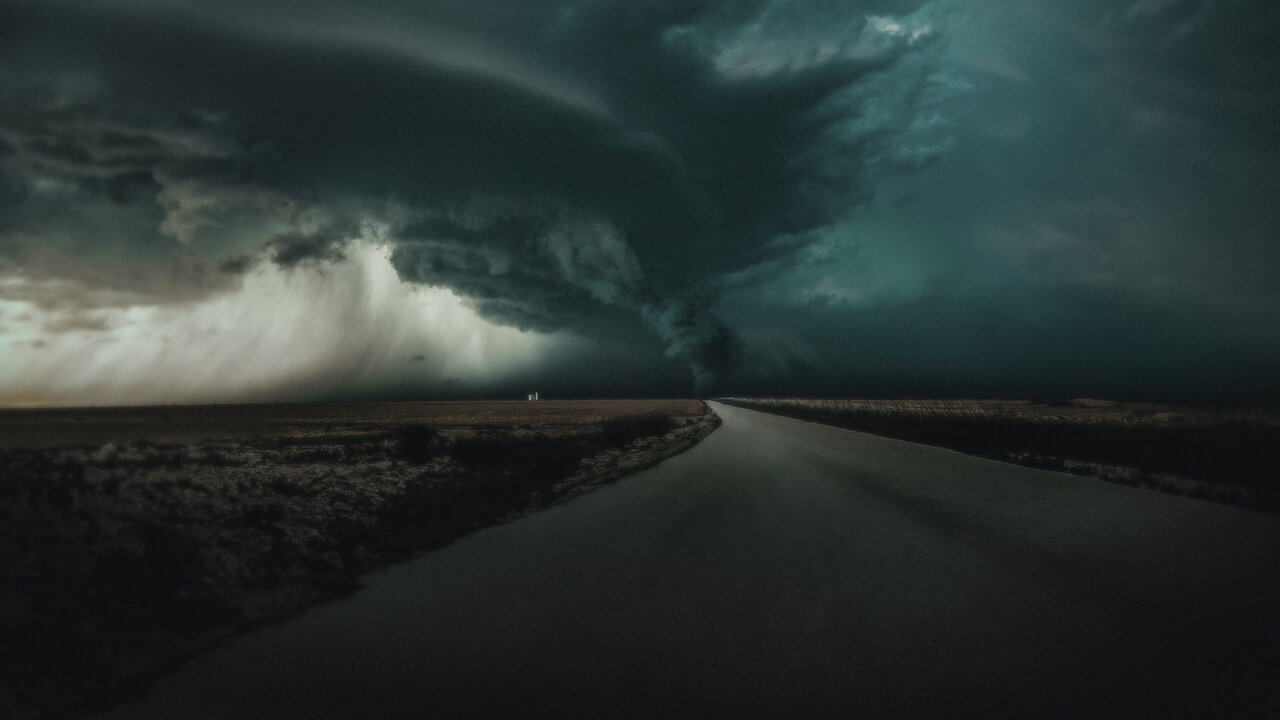
The Joplin tornado was one of the most destructive in history, and there were several reasons why it caused such extreme damage. Tornadoes are always dangerous, but this one was particularly deadly because of a mix of its size, strength, speed, and the way it moved through the city. Many factors combined to make it an incredibly powerful storm that left behind a path of devastation, changing the lives of thousands of people in just a matter of minutes.
One of the biggest reasons for the extreme destruction was the tornado’s intensity. It was an EF5 tornado, which is the highest level on the Enhanced Fujita scale, meaning its winds were over 200 miles per hour. This level of power is strong enough to rip houses off their foundations, throw cars like toys, and even destroy entire buildings. Many tornadoes that hit cities are weaker, but Joplin was unlucky to face one of the strongest possible storms. The force of the winds alone was enough to cause incredible damage, but there was more to it than just that.
Another major reason why the Joplin tornado was so devastating was its size. It was nearly a mile wide at some points, meaning it didn’t just hit one neighborhood or street—it wiped out large sections of the city all at once. A smaller tornado might leave some areas untouched, but this one covered such a wide path that entire communities were destroyed in minutes. Homes, schools, businesses, and hospitals were all in its path, leaving few places to hide from its fury. The sheer size of the storm made it impossible for many people to escape, no matter how much warning they had.
The way the tornado moved also played a huge role in its destruction. Instead of moving quickly through the area, it traveled at a slow speed of about 20 miles per hour. While that might not seem slow, for a tornado, it means it spent more time over each building, giving the wind longer to tear structures apart. Some tornadoes move so fast that they only hit for a few seconds, but in Joplin, it felt like the storm just wouldn’t leave. The longer it stayed in one spot, the more damage it did, grinding entire buildings into rubble before finally moving on.
Another deadly factor was the tornado’s multiple vortex structure. Some tornadoes have just one spinning funnel, but this one had several smaller ones rotating inside it. This made the damage even more unpredictable and severe. In some areas, one house would be completely flattened while the one next to it was barely touched. This kind of tornado creates powerful bursts of wind in different spots, making it even more dangerous than a single-funnel tornado. People who thought they were in a safe spot sometimes found themselves right in the middle of one of these powerful mini-tornadoes.
The timing of the storm also played a role in the disaster. It hit on a Sunday evening when many people were out at stores, restaurants, or with family. While tornado warnings were issued, some people didn’t take them seriously or didn’t have enough time to react. Others had nowhere safe to go, as many homes in Joplin didn’t have basements. The storm destroyed many of the places people tried to take shelter, leaving them exposed to the full force of the tornado.
Lastly, the impact of debris made things even worse. The winds didn’t just destroy buildings—they also turned pieces of wood, metal, and glass into deadly missiles. When a tornado is that strong, it can send debris flying at over 100 miles per hour. This caused even more injuries and fatalities, as people were struck by flying objects even if they weren’t directly in the tornado’s path. Many survivors described seeing cars lifted off the ground, trees snapped in half, and entire buildings shredded into pieces that were thrown miles away.
All of these factors combined to make the Joplin tornado one of the most destructive in history. The strength of the storm, its massive size, the way it moved slowly, and the multiple vortexes all created a nightmare scenario. The timing and lack of safe shelter only made things worse, making survival even harder. In the aftermath, the destruction was almost unimaginable, with entire sections of the city wiped off the map. It was a storm unlike any other, and its impact will be remembered forever.
